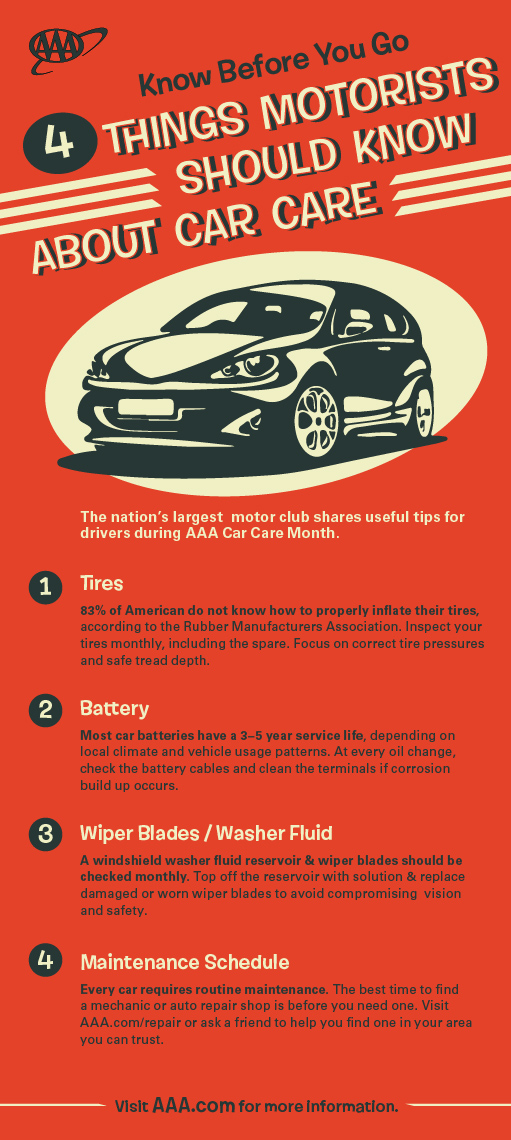Open Up The Hood To Uncover Typical Brake System Concerns And Their Repairs, Yet What Regarding Spongy Brake Pedals? Discover The Service Ahead! Discover More Below
Open Up The Hood To Uncover Typical Brake System Concerns And Their Repairs, Yet What Regarding Spongy Brake Pedals? Discover The Service Ahead! Discover More Below
Blog Article
Material Author-Jansen Herring
When it involves your vehicle's brake system, comprehending typical issues can save you from prospective safety and security threats. From determining brake pad wear to addressing brake fluid leakages, understanding exactly how to tackle these problems is essential. Yet what regarding those squishy brake pedals? There's a fix for that as well. Remain tuned to get more information about these concerns and the functional solutions that can maintain you securely when traveling.
Brake Pad Use and Replacement
When it concerns maintaining your vehicle's brake system, one essential element to keep an eye on is the wear and replacement of brake pads. Brake pads are important components that press against the brake blades to slow down or quit your car. With time, these pads wear down as a result of rubbing, calling for routine inspection and substitute to ensure your brakes function efficiently.
To figure out if your brake pads need replacement, listen for screeching or grinding sounds when you apply the brakes. Additionally, if your vehicle takes longer to stop or you observe resonances or pulsations when stopping, it may be time to replace the brake pads.
Neglecting used brake pads can result in reduced braking performance, damage to other brake elements, or even brake failing.
Replacing brake pads is a reasonably uncomplicated process for numerous vehicles. However, if https://quickoilchangenearme06161.blue-blogs.com/36663384/yet-what-regarding-those-squishy-brake-pedals-obtain-the-solution-below or uncomfortable performing this job, it's best to seek advice from an expert auto mechanic to guarantee appropriate installation and optimum brake performance.
On a regular basis inspecting and changing brake pads is crucial for your safety and security and the longevity of your vehicle's stopping system.
Brake Fluid Leaks and Maintenance
To guarantee your vehicle's brake system works efficiently, it is essential to additionally take note of brake fluid leaks and upkeep. mechanics near me is crucial for transferring the force from your foot on the brake pedal to the actual braking mechanism. One common concern with brake liquid is leaks, which can take place due to tatty brake lines, seals, or connections. If you see a pool or trickles under your vehicle, it's necessary to deal with the leakage quickly to avoid a possible brake failing.
Frequently inspecting your brake liquid degree is essential to preserving your brake system. Low brake fluid can bring about air going into the brake lines, which endangers stopping efficiency.
Additionally, old or infected brake liquid can influence the total performance of your brakes. It's suggested to comply with the supplier's guidelines on when to change the brake fluid, generally every 2 years.
Spongy Brake Pedal: Blood Loss Brakes
If you've ever experienced a squishy brake pedal while driving, you recognize the relevance of preserving a firm and responsive braking system. One common source of a mushy brake pedal is air entraped in the brake lines. When air goes into the brake system, it can lead to a loss of hydraulic pressure, leading to that upsetting mushy feeling when you press the brake pedal.
To settle this issue, bleeding the brakes is necessary. Hemorrhaging the brakes involves getting rid of the air from the brake lines to bring back appropriate hydraulic pressure.
To hemorrhage the brakes, you'll need a helper to assist you. Begin by locating the brake bleeder valve on each wheel, normally discovered near the brake caliper. With a wrench, loosen the shutoff and have your helper press the brake pedal while you observe any type of air bubbles appearing. Repeat this process for each wheel, starting from the wheel farthest from the master cyndrical tube and relocating closer.
As soon as you no more see air bubbles and just clear liquid emerges, tighten the valve and top up the brake liquid reservoir as needed. Bleeding the brakes assists make sure a company brake pedal and improves total braking performance.
Conclusion
Now that you recognize common brake problems and exactly how to repair them, you can ensure your car's security and efficiency. Bear in mind to pay attention for warning signs like shrilling noises or squishy brake pedals, and address them promptly. Routine upkeep and timely substitutes are crucial to keeping your brakes in top problem. Remain aggressive and attentive to your brake system to take pleasure in risk-free and trusted driving experiences.
